Astronomers have discovered a surprise "tail" of light extending from the iconic galaxy Messier 61, suggesting that the galaxy once tore apart a much smaller one. The finding, made possible by the first test image from the Vera C. Rubin Observatory in Chile, has significant implications for our understanding of galaxy evolution and the history of the universe.
According to Sarah Pearson, an astrophysicist at the University of Copenhagen, the detected stellar stream is the first of its kind observed by the Rubin Observatory. "This is just a precursor for all of the many, many features we will find like this," Pearson said. The authors of the study published their findings in the Research Notes of the American Astronomical Society.
Messier 61, located in the Virgo Cluster of galaxies, has been a subject of interest for astronomers since its discovery in 1779. The galaxy is known for hosting a slew of supernovae and producing new stars at a surprisingly high rate. The newly discovered stellar stream, which stretches for thousands of light-years, is believed to be the remnants of a smaller galaxy that was torn apart by Messier 61's gravitational forces.
The Vera C. Rubin Observatory, which officially began its operations in 2022, is a state-of-the-art astronomical facility designed to survey the sky in unprecedented detail. The observatory's massive camera, located atop a mountain in Chile, is capable of capturing images of the entire sky in a single night. While the observatory has yet to begin its official scientific survey, its first test image has already yielded significant discoveries, including the detection of the stellar stream from Messier 61.
The discovery of the stellar stream from Messier 61 has significant implications for our understanding of galaxy evolution and the history of the universe. "This finding highlights the importance of the Vera C. Rubin Observatory in rewriting cosmic history," said Dr. A. Romanowsky, a co-author of the study. "We are just beginning to scratch the surface of what this observatory can reveal about the universe."
The Vera C. Rubin Observatory is expected to continue producing groundbreaking discoveries in the coming years, including the detection of dark matter and dark energy, which are thought to make up a large portion of the universe's mass-energy budget. As the observatory continues to survey the sky, astronomers will have a unique opportunity to study the evolution of galaxies and the formation of stars in unprecedented detail.
In the words of Sarah Pearson, "The Vera C. Rubin Observatory is a game-changer for astronomy, and we are excited to see what other secrets it will reveal about the universe."
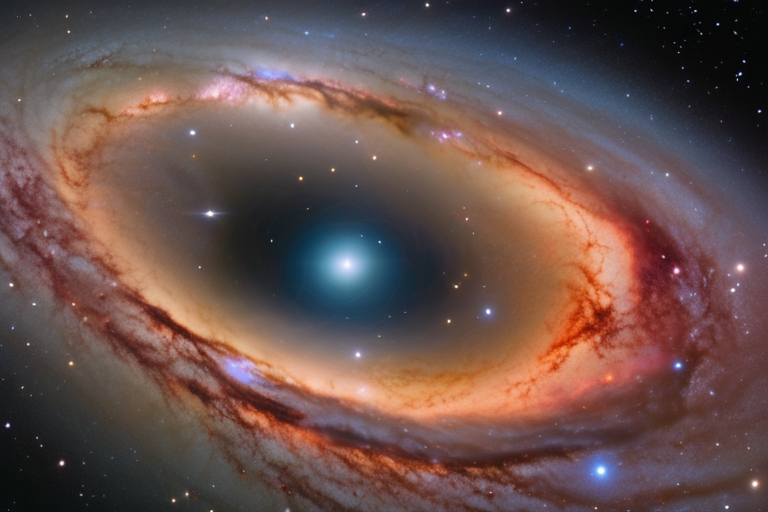

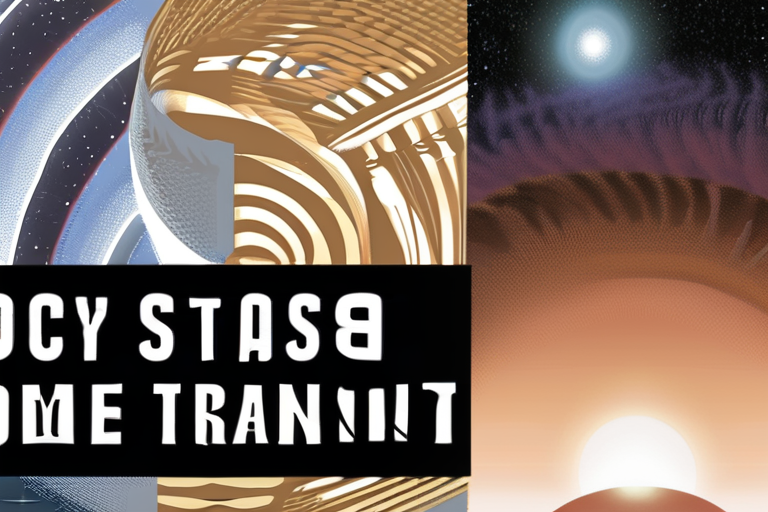
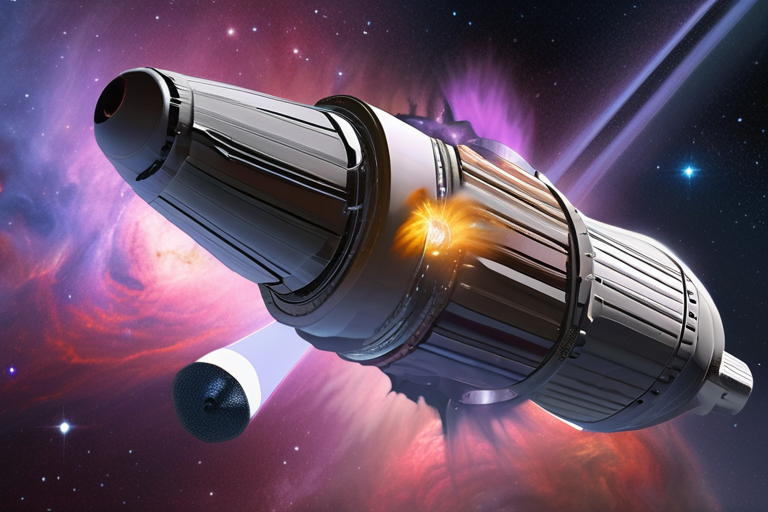


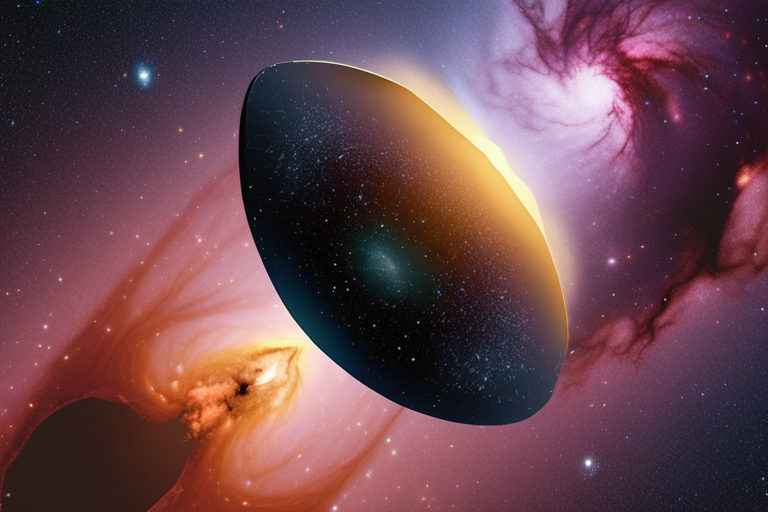
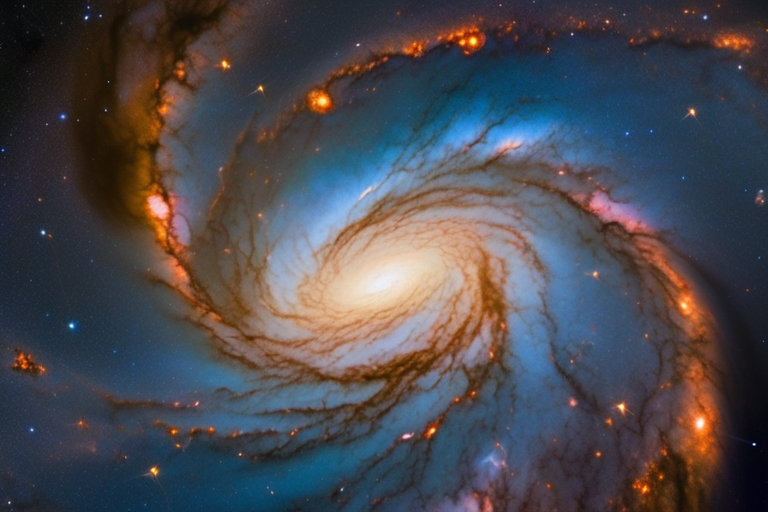



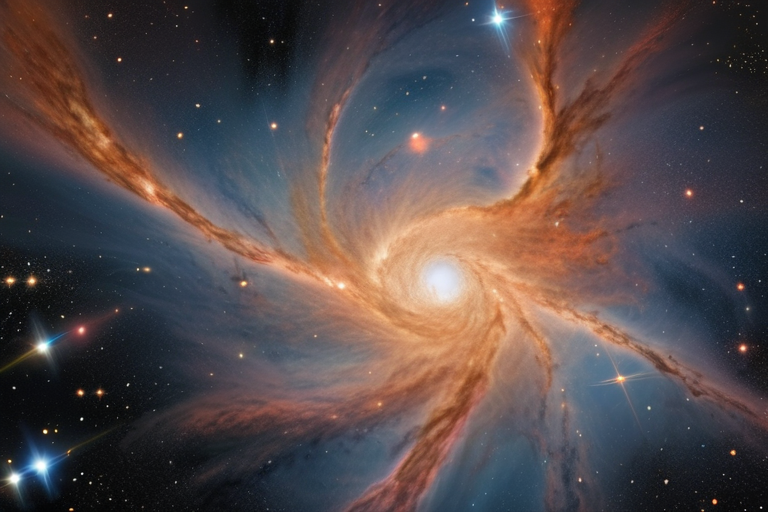
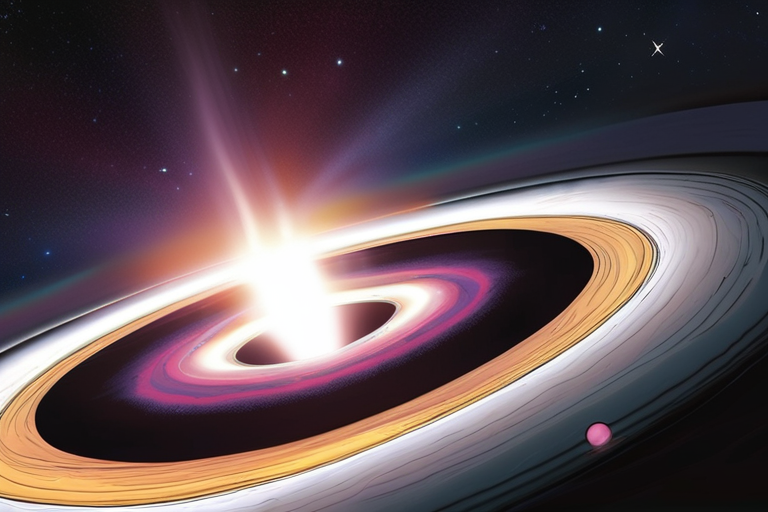
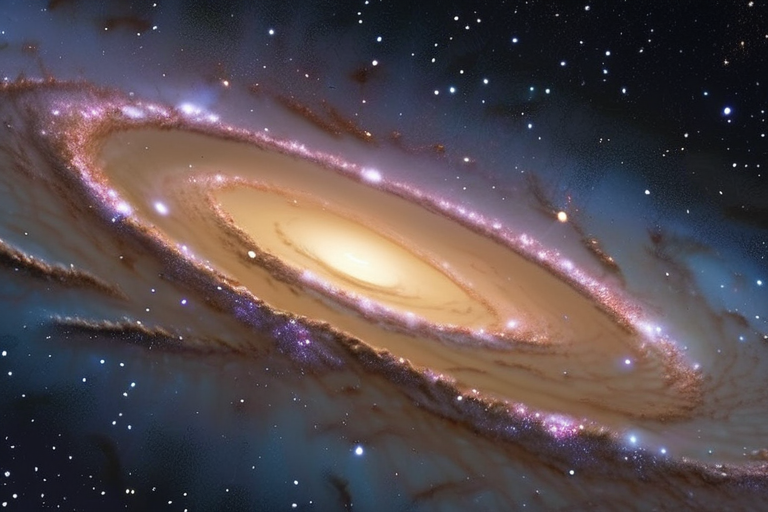
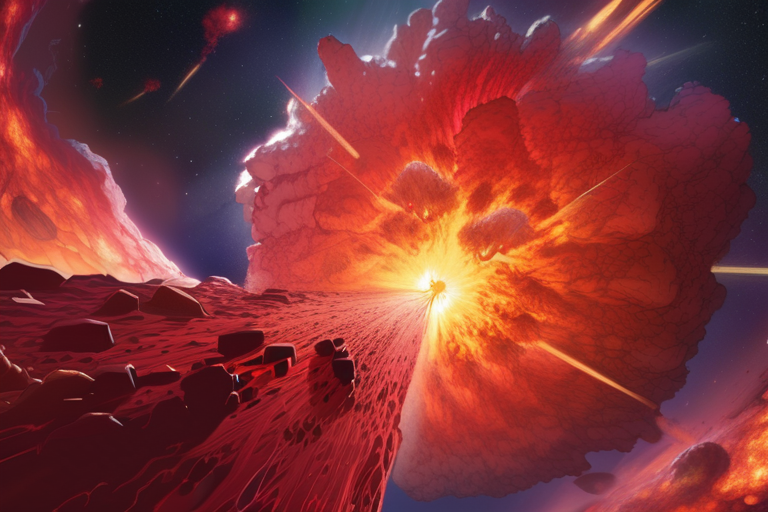


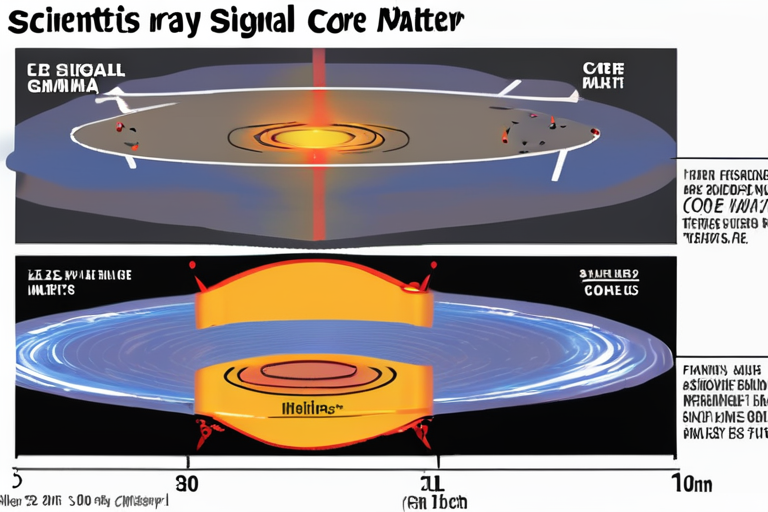

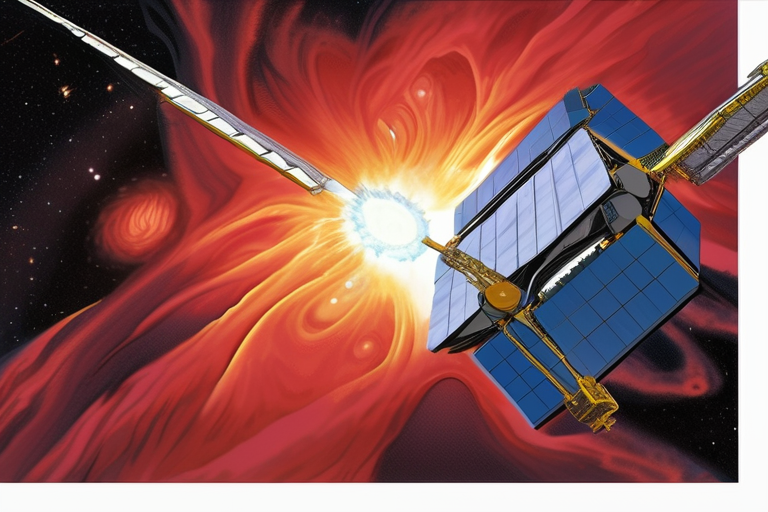
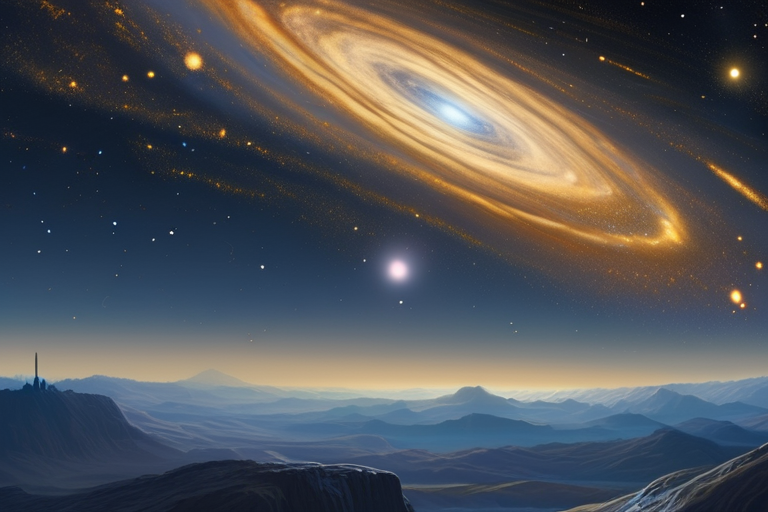
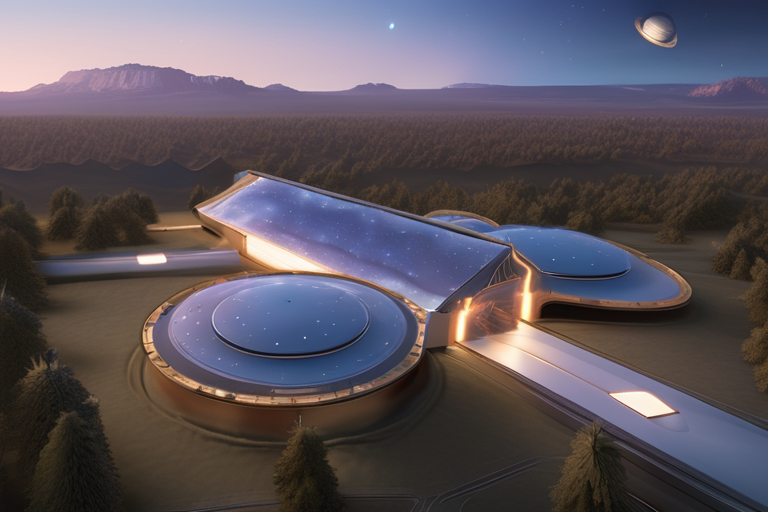
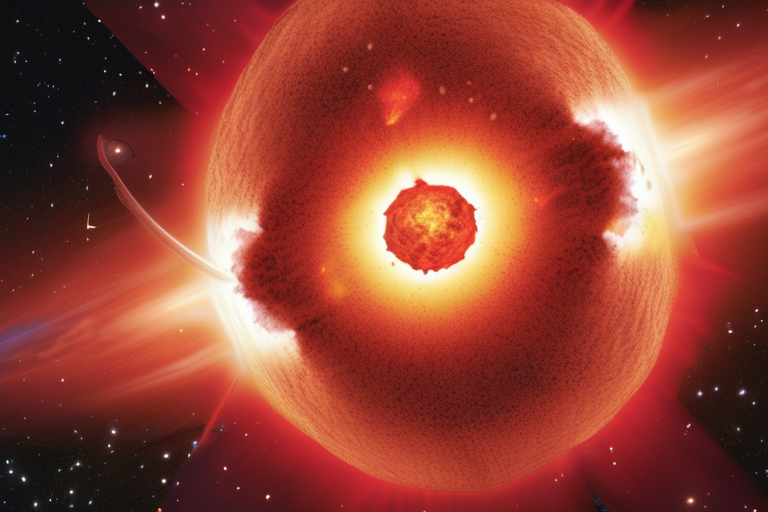
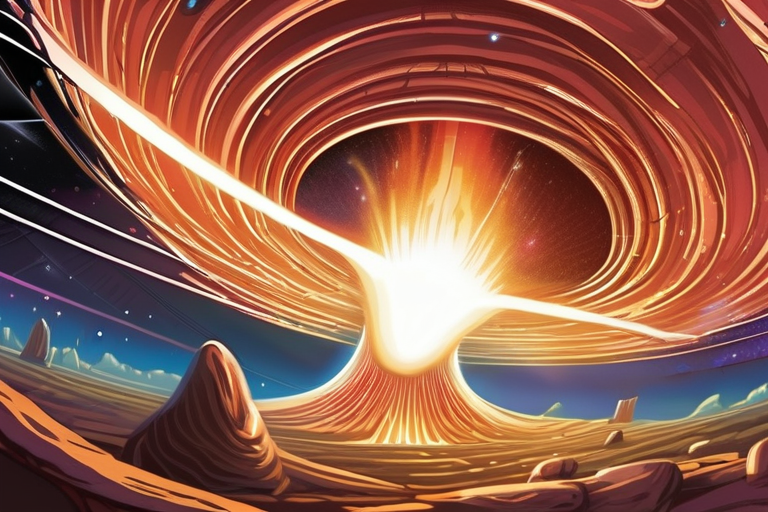
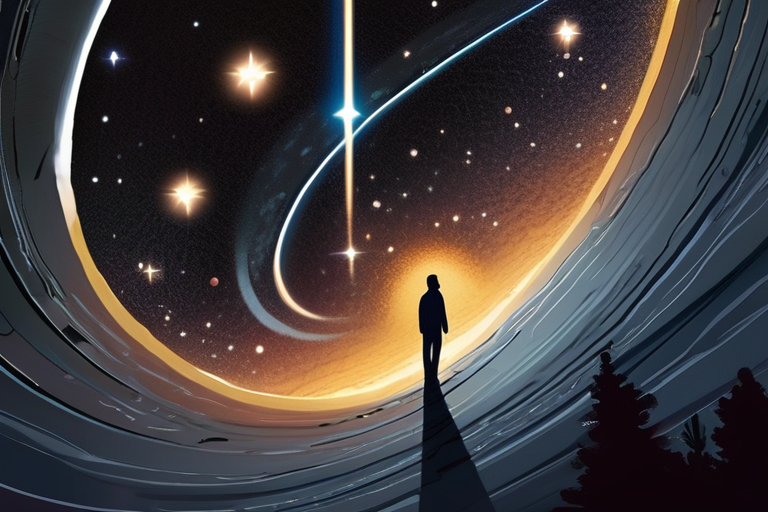
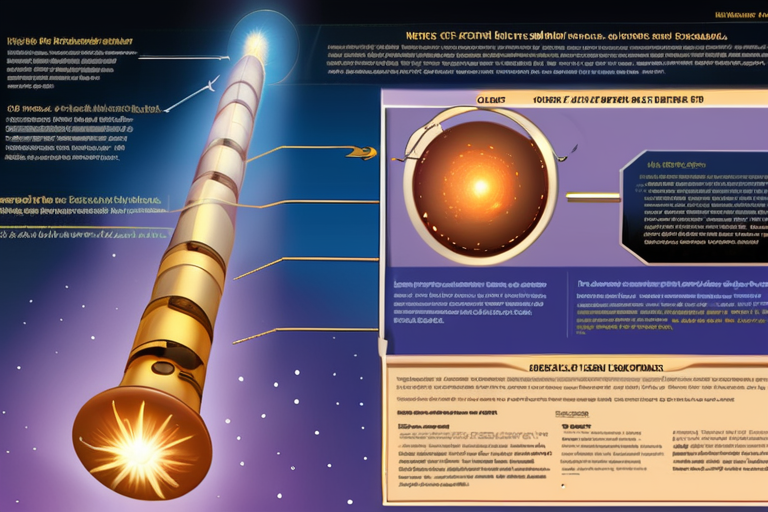
Share & Engage Share
Share this article